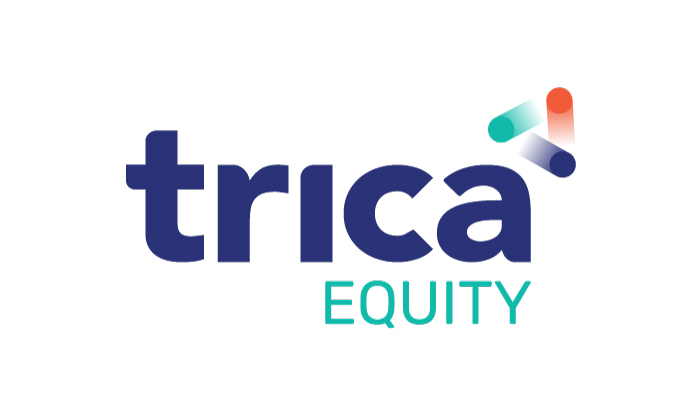
Warrants – Everything You Need to Know
As noted in this Forbes blog – In the case of early-stage investments or angel deals, warrants are offered as an incentive to invest – a mechanism that will allow an investor to increase their position in the future for today’s price. If the company is doing, the investor may cash in further, and if the startup fails, he needn’t exercise the warrant.
A recent example is Bennett Coleman and Company Ltd (BCCL), picking up an equity stake in Bengaluru-based cloud kitchen startup Rebel Foods in February 2020. As per this article in Inc42, the company converted BCCL’s five-share warrants from 2017 into 714 equity shares worth INR 16.25 cr ($2.2 M). The issue has been made at a nominal value of INR 10 with a premium of INR 2.27 lakh.
It is important to know that warrants do not pay dividends or come with voting rights. It is only after they are converted into equity shares that the investor gains dividends and voting rights. So why are investors attracted to warrants? Because warrants serve as a means of leveraging their position at a later date.
Difference between Warrants and ESOPs
| Warrants | ESOPs | |
|
Nature |
Given to subscribe to equity shares |
Compensatory in nature |
|
Eligibility |
Issued to anyone |
Issued only to eligible employees |
|
Upfront Payment |
Required |
None |
| Forfeiture of Payment | Option premium may be forfeited |
Payments made by employees can’t be forfeited |
Difference between Warrants and CCDs
|
Warrants |
CCDs |
|
|
Nature |
Option to convert lies with the shareholder |
Compulsorily converted into equity |
|
Conversion |
Will expire if options are not exercised in time |
Will convert to equity |
|
Interest |
No payment of interest |
Interest might be paid |
| Liquidation Preference | Depends on the term of issue, if liquidation occurs before conversion |
Always preferred |
Difference between Warrants and CCPs
|
Warrants |
CCPS |
|
|
Nature |
Option to convert lies with the shareholder |
Compulsorily converted into equity |
|
Share Capital |
Not a part of share pool capital |
Part of share pool capital |
| Liquidation Preference | Depends on the term of issue, if liquidation occurs before conversion |
Always preferred |
Conditions for issuing warrants under SEBI(ICDR) Regulations, 2009
Regulation 4(3) of SEBI (ICDR) Regulations, 2009 permits issue subject to the following conditions:
- Tenure not to exceed 18 months from the date of allotment
- Not more than one warrant shall be attached to one specified security
- The price or conversion formula of the warrants shall be determined upfront
- At least 25% of the consideration amount shall be received upfront
- In case the option is not exercised by the holder, the issuer shall forfeit the consideration paid in respect of such warrant
Regulation 77 (2) of SEBI(ICDR)Regulations, 2009 mandates that an amount equivalent to
- 25% of the consideration determined in terms of regulation 76 is to be paid against each warrant on the date of allotment of warrants
- The balance of the consideration shall be paid at the time of allotment of equity shares pursuant to exercise of option against each such warrant by the warrant holder
Disclosure of Warrants in Balance Sheets
- Money received against share warrants are disclosed separately in the balance sheet under ‘Shareholder funds’ on the liability side and does not form part of paid-up share capital unless converted into shares.
- In case of warrants issued at a premium, the amount of share premium received will form a part of the securities premium account.
- The amount of option premium received will form part of the profit and loss account if the amount is not forfeited.
- The amount of option premium received will form part of the capital reserve if the amount is forfeited.
Schedule a demo now!
ESOP & CAP Table
Management simplified
Get started for free





